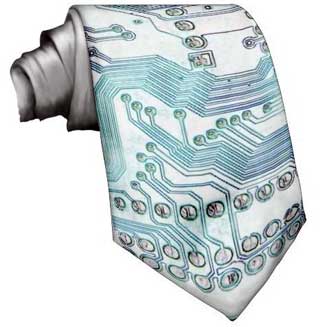 Ubisoft’s PR and Marketing policy has come under the spotlight after it released a buggy version of its Assassin’s Creed: Unity game.criticised for widespread glitches
Ubisoft’s PR and Marketing policy has come under the spotlight after it released a buggy version of its Assassin’s Creed: Unity game.criticised for widespread glitches
The game came out of the box full of more bugs than an ant farm which has evolved its own love cult. The problem is that Ubisoft managed to keep people buying the game because it had silenced reviewers.
When the game was released, Ubisoft gave out review copies but only on the condition that the review did not come out until 18 hours of the US release. This meant that people everywhere frantically bought the game blissfully unaware that it should never have been released.
Ubisoft said that it is working on an update that will help address some of the specific problems some players are having including: the hero Arno falling through the ground; the game crashing when joining a co-op session; Arno getting caught inside of hay carts; delay in reaching the main menu screen at game start, it said. PC users also have images of people missing part of their faces
Ubisoft insisted that its control of the reviews was nothing to do with censoring reviews that it knew were likely to be bad. It said that the complexity of creating a multiplayer title was the reason that the game had only became available for review relatively late in the day.
In fact, a patch to tackle “random crashes” and some animation issues beat many of the bad reviews to press.
Activision’s Destiny and Sony’s Driveclub also had post-release embargoes placed on them this year, while Sega did not send out any pre-release copies of Sonic Boom: Shattered Crystal at all. All three received mixed reviews.
There are major questions as to how the software could have been released in such a state and no one saw it.
Assassin’s Creed: Unity is set in the French Revolution, and its simulation of Paris streets and buildings is more complex than anything attempted before.
One suggestion was that the company had been under pressure to meet the titles’ scheduled release dates after announcing lengthy delays to other high-profile games: Watch Dogs, which ultimately went on sale about a year later than expected, and The Crew, which is running roughly nine months late.



















